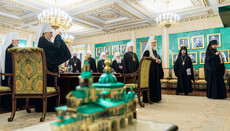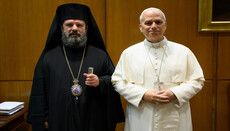Between Popes: Understanding the Sede Vacante

The Transition of Papal Power in the Catholic Church
When a pope dies, the Roman Catholic Church enters a solemn and structured period known as Sede Vacante—Latin for "the seat being vacant." This marks the interregnum between the death of one pontiff and the election of his successor.
The process begins with the Camerlengo, or Chamberlain of the Holy Roman Church, officially confirming the pope's death. Traditionally, this involves calling the pope's baptismal name three times without response. The papal ring, known as the Fisherman's Ring, is then destroyed to prevent forgery, and the Vatican's administrative offices are temporarily frozen, save for those essential to basic operations.
During Sede Vacante, all heads of Vatican congregations lose their authority, with the exception of the Camerlengo, who administers the temporal goods of the Church and prepares for the upcoming Conclave—the assembly to elect the new pope. Daily Masses and prayers are offered for the deceased pontiff, culminating in a funeral typically held within six days.
The election of a new pope is carried out by the College of Cardinals. Cardinals under the age of 80 are eligible to vote and are summoned to Rome for the Conclave, which takes place in the Sistine Chapel. The number of voting cardinals is usually around 120. Before the election, the cardinals participate in daily meetings, called General Congregations, where they discuss the needs of the Church and consider possible candidates.
The voting process is secret and follows a series of carefully choreographed steps. A two-thirds majority is required for a candidate to be elected pope. Ballots are cast and counted in several rounds per day. After each vote, the ballots are burned—black smoke indicates an inconclusive vote, while white smoke signals the election of a new pope.
Once a candidate accepts his election, he is asked to choose a papal name. He is then presented to the people from the balcony of St. Peter's Basilica with the announcement "Habemus Papam"—"We have a pope."
The newly elected pope then offers his first Urbi et Orbi ("To the City and to the World") blessing, marking the end of Sede Vacante and the beginning of a new chapter in the life of the Church.
UOJ-America previously reported on the death of Pope Francis and the likeliness of a "traditional" Pope being elected.









